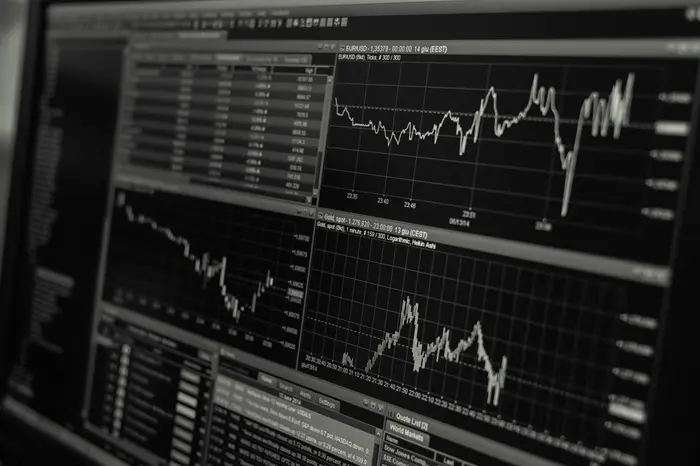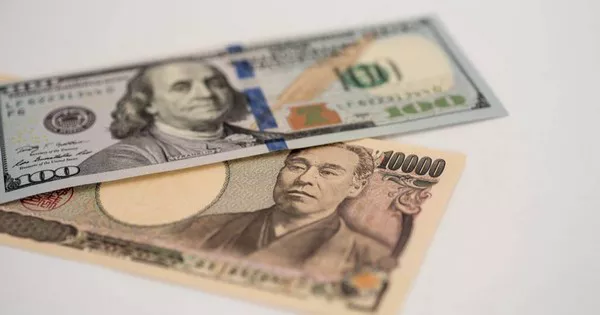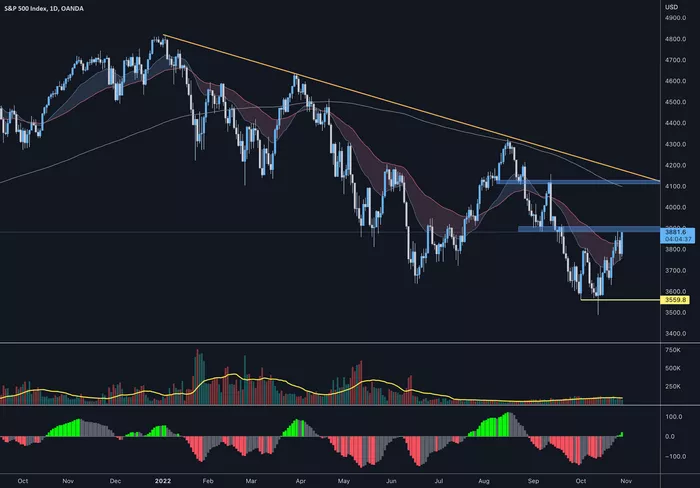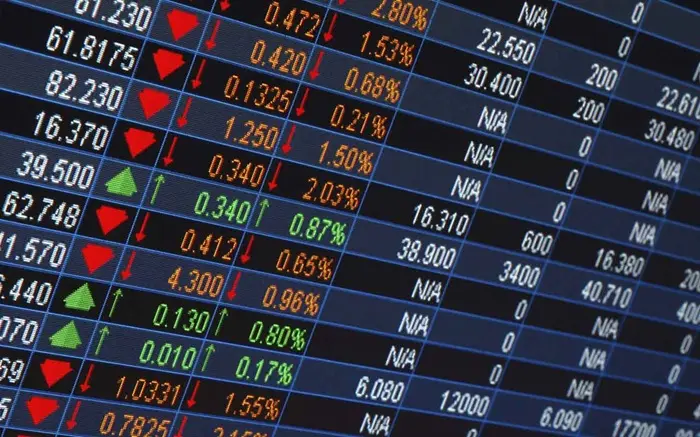Forex cards are an essential tool for travelers, expatriates, and anyone who needs to make international transactions. These prepaid cards allow you to load foreign currencies at a fixed exchange rate, providing a safe and convenient way to carry money abroad. However, there might be times when you need to transfer funds from your forex card to a US bank account. Whether you’re looking to convert remaining funds from a trip or need to use the money in a different way, understanding how to transfer money from your forex card to a bank account is crucial.
In this guide, we’ll walk you through the process of transferring money from your forex card to a US bank account, covering the essential steps, requirements, and tips to make the process as smooth as possible.
What Is a Forex Card?
A forex card, also known as a prepaid travel card or foreign exchange card, is a prepaid debit card that allows you to load foreign currency for international travel. These cards are often issued by banks and financial institutions and are widely used by travelers for their ease of use, security, and ability to lock in exchange rates before traveling.
Key Features of a Forex Card:
Prepaid and Reloadable: Forex cards allow you to load multiple foreign currencies onto the same card. You can reload the card as needed.
Multi-currency: You can store and use different currencies on a single card, such as the euro, US dollar, British pound, etc.
Widely Accepted: Forex cards can be used at ATMs, online purchases, and in-store payments worldwide.
Currency Conversion: These cards allow for currency conversion at competitive exchange rates, which is often more favorable than traditional bank or airport exchange services.
Security: Forex cards are safer than carrying cash, and in case of theft or loss, the card can be blocked immediately, reducing the risk of loss.
Why Transfer Money from a Forex Card to a US Bank Account?
There are several reasons why you may want to transfer money from a forex card to a US bank account:
Leftover Funds: If you have unused foreign currency on your forex card after traveling, you may wish to transfer it back to your US bank account for future use.
Convenience: If you prefer to access your funds in US dollars or if you need to transfer the money for other financial purposes, a bank transfer may be the best option.
Avoid Currency Loss: Some forex cards charge high fees for inactivity or foreign currency conversion. Transferring funds to your bank account can help you avoid such charges.
Emergency Needs: If you need funds urgently, transferring money from your forex card to your US bank account might be a faster and more reliable option.
Steps to Transfer Money from a Forex Card to a US Bank Account
The process of transferring money from a forex card to a US bank account typically involves several steps. Here’s a detailed look at each stage:
Step 1: Check Your Forex Card Issuer’s Policies
Before initiating a transfer, it’s important to review the policies of your forex card issuer. Different banks and financial institutions have different rules regarding fund transfers from forex cards. Some cards allow for direct transfers, while others might have restrictions or fees.
Key Factors to Consider:
Transfer Limits: Some cards have a limit on the amount of money you can transfer to a bank account. Ensure that you are aware of these limits.
Transfer Fees: Check if there are any fees associated with transferring money from your forex card to a bank account.
Currency Conversion: If you’re transferring foreign currency back to US dollars, make sure to check if currency conversion fees apply.
Bank Details Required: Ensure you have the correct details of your US bank account, such as the account number and routing number, which will be needed for the transfer.
Step 2: Log into Your Forex Card Account
Most forex cards are linked to an online platform or mobile app where you can manage your funds. To start the transfer process, you need to log into the platform associated with your forex card.
Actions to Take:
Access the Online Platform: Open the website or app where your forex card account is managed.
Enter Your Credentials: Log in using your username and password. You may also need to enter an OTP (One-Time Password) if your issuer requires extra security.
Check Your Card Balance: Ensure you know how much money is available on your forex card before initiating a transfer.
Step 3: Link Your US Bank Account
Once logged in, you will need to link your US bank account to your forex card account. Some card issuers allow you to directly link your bank account, while others may require you to enter your account details manually.
Steps for Linking Your Bank Account:
Navigate to the Transfer Section: Look for an option like “Transfer Funds” or “Withdraw Funds” in the menu.
Enter Bank Account Details: Provide the necessary information for your US bank account, including:
Account Number
Routing Number
Bank Name and Address
SWIFT/BIC Code (for international transfers) if required
Verify the Bank Details: Double-check that the bank details entered are correct to avoid any issues with the transfer.
Step 4: Initiate the Transfer
Once your bank account is linked, you can proceed to initiate the transfer from your forex card to your US bank account.
Steps to Initiate the Transfer:
Select Transfer Amount: Choose the amount you want to transfer from your forex card to your US bank account.
Select Currency: If your forex card holds a foreign currency, you may need to select the currency in which you want to transfer the funds. In most cases, you will be transferring the equivalent amount in USD, and the conversion will occur at the current exchange rate.
Review Transfer Fees: Ensure that you understand the transfer fees (if any) that will be charged by your card issuer or your bank. Some platforms show the exact amount you will receive after fees.
Confirm the Transfer: Review all details, including the amount, exchange rate, and fees, and confirm the transfer.
Step 5: Monitor the Transfer Process
After initiating the transfer, it’s essential to monitor the process. Depending on your forex card issuer and your bank, the transfer may take anywhere from a few hours to a few business days.
Track the Transfer:
Check Transfer Status: Most forex card issuers provide a tracking feature that allows you to monitor the status of your transfer.
Confirmation: You should receive a confirmation email or message once the transfer is completed successfully.
Step 6: Verify the Funds in Your US Bank Account
Once the transfer is complete, log into your US bank account to verify that the funds have been deposited. Check your account balance to ensure that the correct amount has been transferred.
Key Points to Check:
Exchange Rate Applied: Review the exchange rate used for currency conversion, if applicable.
Transfer Fees: Check whether any fees were deducted from the transferred amount.
Completion Time: If the transfer took longer than expected, contact customer service for an update.
Step 7: Withdraw or Use Your Funds
Once the funds have been transferred to your US bank account, you can withdraw them, use them for payments, or invest them as needed.
Alternatives to Transfer Money from a Forex Card to a Bank Account
In addition to transferring funds directly from a forex card to a bank account, you can consider other options, depending on the facilities provided by your forex card issuer:
1. Using a Third-Party Payment Service
Some third-party payment services, such as PayPal or TransferWise (now Wise), allow you to link your forex card and transfer funds to your bank account via these platforms. This could be a faster or cheaper alternative, depending on the fees involved.
2. Withdrawing Funds at an ATM
If your forex card supports ATM withdrawals, you can withdraw cash in local currency from ATMs that accept your card. You can then deposit this cash into your US bank account, though this method may involve higher fees.
3. Request a Cheque or Demand Draft
Some forex card issuers offer the option of converting funds into a demand draft or cheque, which can be deposited directly into your US bank account. However, this method might take longer than an electronic transfer.
Tips for a Smooth Transfer Process
Double-check Bank Account Details: Make sure all the information you provide is accurate to avoid delays or failed transfers.
Know the Fees: Be aware of any fees charged by the forex card issuer or your bank for currency conversion and transfers.
Plan for Exchange Rate Fluctuations: The exchange rate may vary during the transfer process, so keep track of it to ensure you’re getting a favorable rate.
Stay Within Limits: Be mindful of any transfer limits imposed by your forex card issuer.
Conclusion
Transferring money from a forex card to a US bank account is a straightforward process that can be completed in a few simple steps. By understanding the policies of your card issuer, linking your bank account, and following the necessary procedures, you can efficiently move funds from your forex card to your US bank account.
Remember to account for potential fees, currency conversion rates, and transfer times to ensure a smooth and hassle-free transfer process. By staying informed and prepared, you can make the most of your forex card and easily access your funds when needed.
Related topics:


























